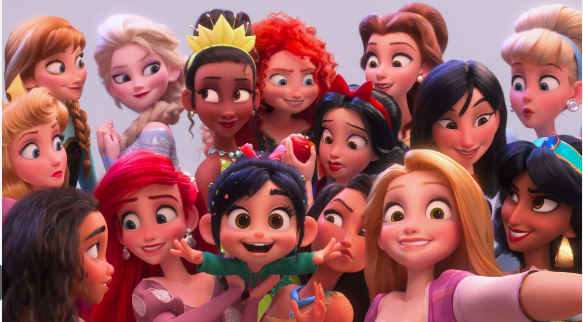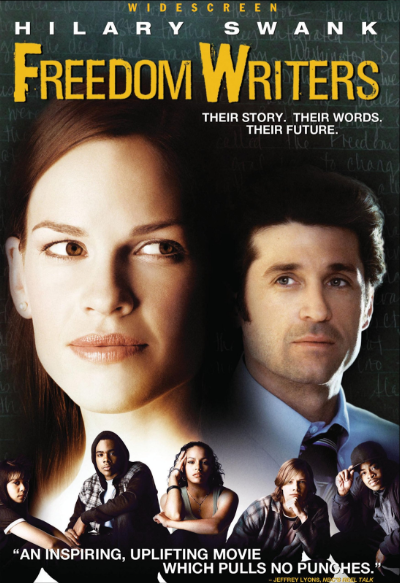Coffee is extremely important to the morning routines of many. It’s very often you see your friend or your teacher walking into school with Dunkin’ Donuts, Starbucks, or a mug of their favorite blend.
Is Caffeine the Only Problem?
Although it is common for adults to drink coffee in the mornings, a surplus of students have begun bringing coffee in the mornings to ‘wake them up’ or ‘help them get through the day.’ But what are the effects of coffee on these young individuals? Should they really be drinking coffee every day? And what happens when their coffee needs are unfulfilled, and they go through withdrawal?
Drama has also arisen with popular franchises like Dunkin’ Donuts with the hidden amount of sugar in their coffee. As said by the New York Post, “…a large cup of Dunkin’s Pumpkin Swirl Frozen Coffee contains as much sugar as 14 glazed donuts — 185 grams, to be precise.” But this is just the sugar count alone. Combined with a high amount of caffeine, it is far unhealthier.

This dangerous amount of sugar was found out by TikTok creator @FlavCity or Parrish in the video. This amount is scary enough, though when you account for the amount of times drinks like this are drunk a week (some sources say this can be up to at least 4 times). Is this really what kids, especially at school, should be drinking?

How Much Sugar is Too Much Sugar?
Studies have shown that sugar can unfortunately become addictive and present major health risks. On the Rutgers Center of Alcohol & Substance Use Studies website, an article called, Sugar Addiction: More Serious Than You Think, states; “Over time, the administration of sugar was connected to weight gain, obesity and Type II diabetes.”
None of this is to say that students should completely cut out sugar. Sugar is a dietary requirement. However, individuals need to realize what the effects of overconsumption are. With newfound information such as this; “The average American consumes 17 teaspoons (71.14 grams) of sugars per day – more than three times WHO’s recommended standard!”
But Is This It?
As a matter of fact, this is not it. Though Starbucks and Dunkin’ Donuts seem to be some of the main causes of this coffee craving, it’s important to factor in a type of drink that has taken the world by storm; energy drinks.
What’s so Bad about Energy Drinks?
Energy drinks were first popularized in 1977 with the creation of Red Bull, leading other drinks to take inspiration and follow suit. Other brands like Gatorade, Celsius, Prime, Monster, Bang, and Rockstar became some of the most popular to date.
They especially picked up in the 2020s with teenagers as many brands began marketing their drinks to the younger generation. The rush of energy paired with the flavor made them very addicting. However, what these brands often keep discreet is the amount of caffeine in their beverages.
The amount of caffeine in some of these drinks is absolutely outrageous. This opinion is also shared by Mrs. Lewis, the AVID teacher for 9th and 10th grade.
“I’m very concerned,” She says, “I’ve never had an energy drink in my life because of the amount of sugar and caffeine. It concerns me of what’d it do to my body as an adult. I can’t imagine what it might do to a body that’s still growing and developing.”
Caffeine, like sugar, can also become addictive and have a variety of health problems when consumed so often as kids have been ingesting it. Some students when asked have stated they drink up to three a day at times.

Energy drinks like Bang have 300 mg of caffeine per can. That’s 900 mg of caffeine in three cans, compared to the average 8-oz cup of coffee, containing 80-100 mg of caffeine.
A lot of people may feel that the benefits outweigh the drawbacks, but are the long-term effects worth the short-term energy? In the end, it’s subjective. I implore you to consider the facts and make educated decisions.





